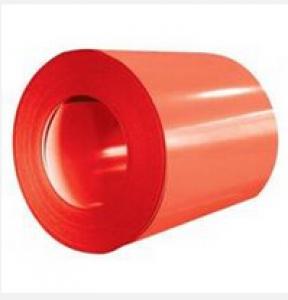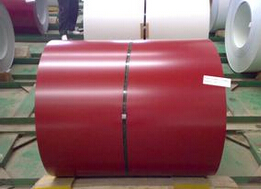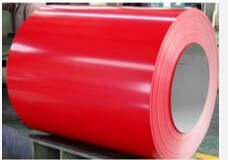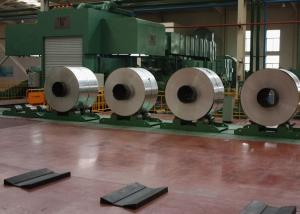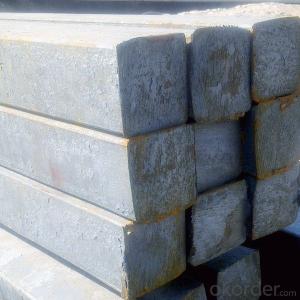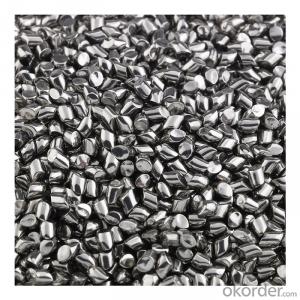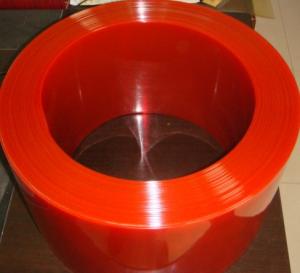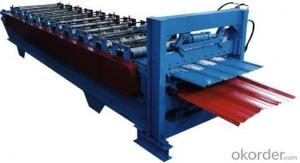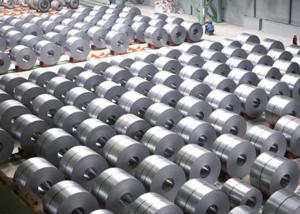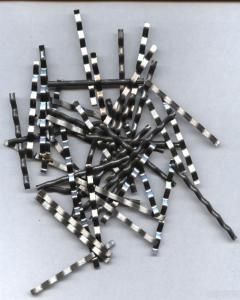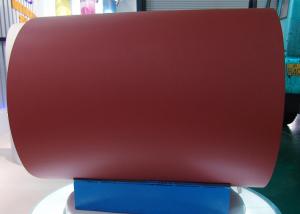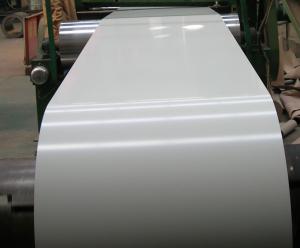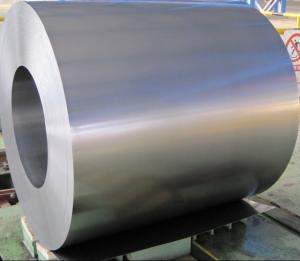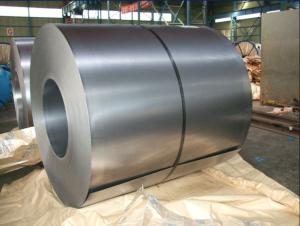Bright Red PPGI Sheet
- Loading Port:
- China Main Port
- Payment Terms:
- TT OR LC
- Min Order Qty:
- -
- Supply Capability:
- -
OKorder Service Pledge
OKorder Financial Service
You Might Also Like
Specification
1. Thickness: 0.3-0.8mm
2. Width: 914-1250mm
3. Inner Diameter: 508mm
4. Weight of Steel Coil: 3-15MT
5. Available Dipped Layer: 50-150g/m2
6. Surface Texture: Normal Coated
7. Type of coating structure: 2/1 Coat the top surface of the steel sheet twice, coat the bottom surface once, and bake the sheet twice.
8. Front Side Paint Thickness: 15-25μm (bottom paint+top paint)
9. Back Side Paint Thickness: 5-10μm
Mechanical Properties
1. Mechanical properties of base metals
Grade | Tensile Test | ||
Yield Strength MPa | Tensile Strength MPa | Elongation A80mm % ≥ | |
SGCC | 140-350 | 270-500 | 22 |
SGCD | 140-300 | 270-420 | 26 |
SGCE | 140-260 | 270-380 | 30 |
2. Common performance of front coating
(1). Thickness: ≥20μm
(2). Pencil Hardness: 2H
(3). 60° specular glossiness of coating: >60
(4). 180°bend: ≤3T
(5). Impact: ≥9J
(6). Salt Fog Resistant: ≥500h
(7). Color difference: <3ΔE
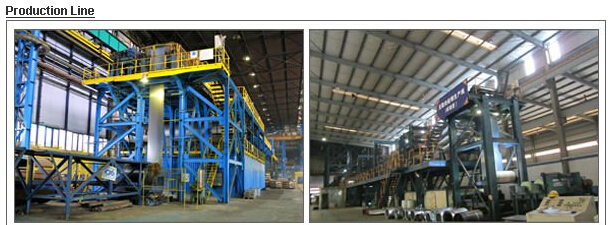
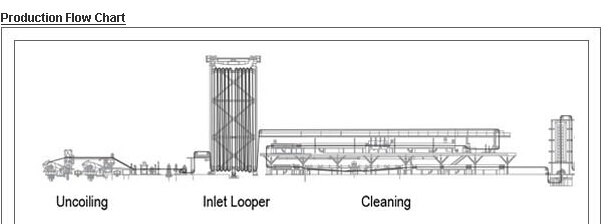
- Q: What are the applications of alloy steel in the aerospace industry?
- Alloy steel is extensively used in the aerospace industry for various applications due to its superior strength, durability, and resistance to corrosion. It is commonly employed in the manufacturing of aircraft components such as landing gears, engine parts, turbine blades, and structural elements. The high strength-to-weight ratio of alloy steel enables the construction of lighter yet stronger aircraft, resulting in improved fuel efficiency, increased payload capacity, and enhanced overall performance. Additionally, alloy steel's resistance to extreme temperatures and pressure fluctuations makes it an ideal choice for aerospace applications, ensuring the reliability and safety of aircraft in demanding operational conditions.
- Q: How is steel used in the production of wind turbine towers?
- Steel is commonly used in the production of wind turbine towers due to its strength, durability, and ability to withstand harsh weather conditions. The towers are typically constructed using sections of steel that are bolted or welded together, providing the necessary height and stability for the wind turbine to operate efficiently. The steel also acts as a support structure for other components such as the nacelle and rotor, ensuring the overall stability and safety of the wind turbine.
- Q: What are the different types of surface finishes for steel products?
- There are several types of surface finishes for steel products, including mill finish, brushed finish, mirror finish, galvanized finish, and powder-coated finish.
- Q: How is steel used in the production of elevator systems?
- Steel is a crucial material in the production of elevator systems as it is used for constructing the elevator car, the support structure, and the guide rails, ensuring durability, strength, and safety for the entire system.
- Q: How is steel used in the construction of warehouses and storage facilities?
- Steel is commonly used in the construction of warehouses and storage facilities due to its strength and durability. It is used for the framework and support structures, as well as for roofing and siding. Steel provides a secure and reliable structure that can withstand heavy loads and harsh weather conditions, making it ideal for these types of buildings.
- Q: How are steel tubes used in the fabrication of hydraulic systems?
- Steel tubes are commonly used in the fabrication of hydraulic systems due to their strength, durability, and resistance to high pressure. These tubes serve as conduits for hydraulic fluid, allowing it to flow efficiently and safely between components such as pumps, cylinders, and valves. Steel tubes also provide stability and support, ensuring the system operates smoothly and reliably.
- Q: What are the different types of steel springs and their uses?
- There are several types of steel springs, each designed for specific applications. Some common types include compression springs, which are used to resist compressive forces and store energy; extension springs, which resist stretching and are commonly found in trampolines or garage doors; torsion springs, which generate rotational force and are used in clothespins or mousetraps; and flat springs, which provide flexibility in limited spaces, such as in automotive suspensions. Each type of spring has a unique design and purpose, allowing them to be utilized in a wide range of industries and products.
- Q: What are the common types of steel products used in the fitness and sports industry?
- Common types of steel products used in the fitness and sports industry include barbells, dumbbells, weight plates, kettlebells, weight machines, exercise bikes, and sports equipment such as goal posts and basketball hoops.
- Q: What are the advantages of using steel in the construction of airports?
- There are several advantages of using steel in the construction of airports. Firstly, steel is a highly durable and strong material, capable of withstanding heavy loads and extreme weather conditions. This makes steel structures resilient and long-lasting, ensuring the safety and longevity of airport buildings. Secondly, steel is a versatile material that allows for flexible and efficient designs. It can be easily fabricated and customized to meet the specific needs and requirements of airport structures, such as large open spaces, wide spans, and complex geometries. This flexibility in design allows for efficient construction processes and reduced construction time. Additionally, steel is a sustainable choice for airport construction. It is a recyclable material, meaning it can be reused or repurposed at the end of its life cycle, reducing the environmental impact. Moreover, steel structures can be prefabricated off-site, resulting in less waste and disruption during construction. Furthermore, steel offers cost advantages in many cases. Although the initial cost of steel construction may be higher compared to other materials, its durability, low maintenance requirements, and ease of modification in the future can result in significant long-term cost savings. Overall, the advantages of using steel in airport construction include its durability, versatility, sustainability, and cost-effectiveness, making it an ideal choice for creating safe, efficient, and visually appealing airport structures.
- Q: How is steel tubing manufactured?
- Steel tubing is manufactured through a process called tube making, which involves various steps such as heating, welding, and shaping steel strips or plates into a cylindrical form. These strips are first heated and then passed through a series of rollers to form a continuous tube. The edges are then welded together, and the tube is further shaped and sized using additional rollers. Finally, the tube is cut to the desired length and undergoes various finishing processes to meet the required specifications and quality standards.
Send your message to us
Bright Red PPGI Sheet
- Loading Port:
- China Main Port
- Payment Terms:
- TT OR LC
- Min Order Qty:
- -
- Supply Capability:
- -
OKorder Service Pledge
OKorder Financial Service
Similar products
Hot products
Hot Searches
Related keywords
